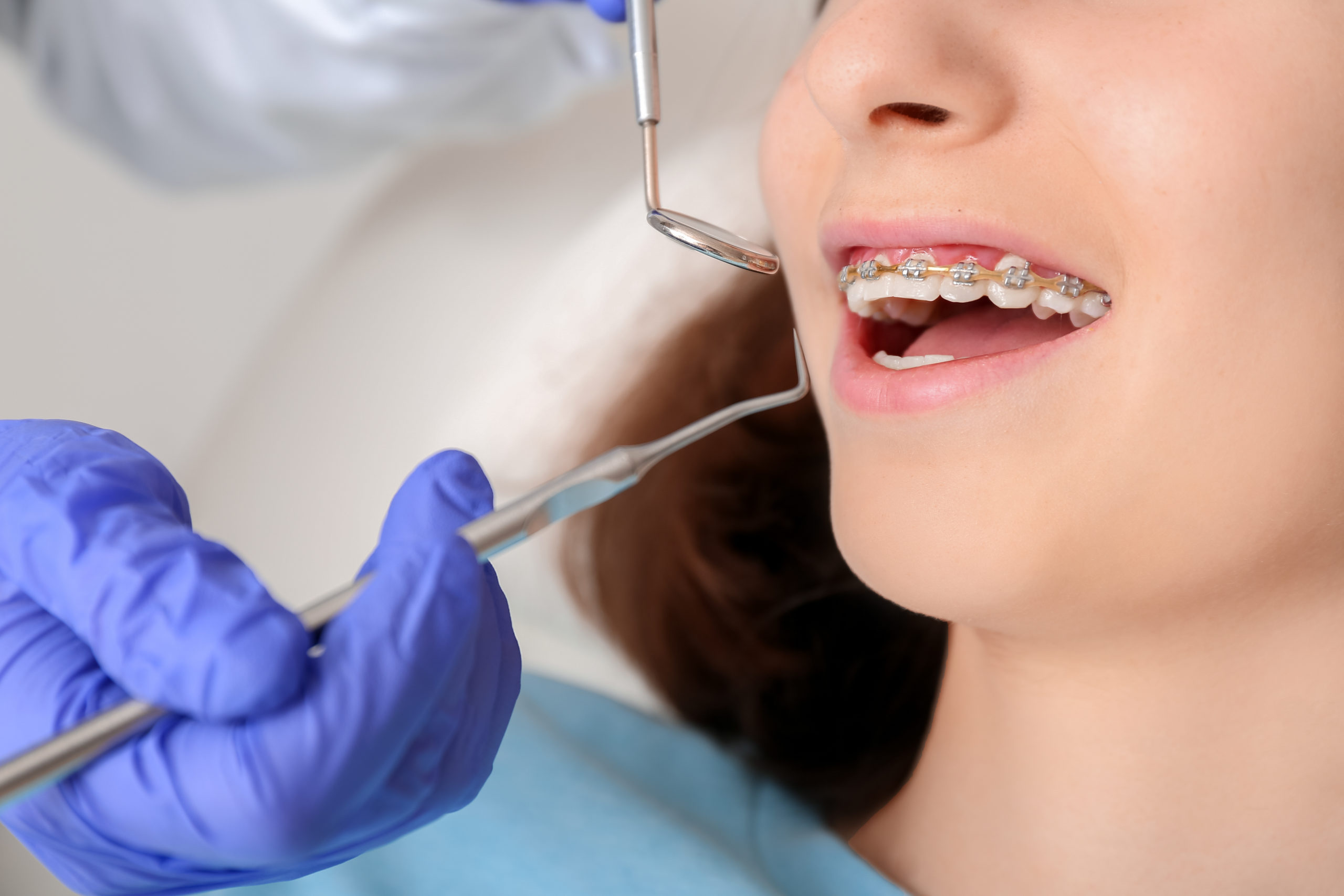Picking the most effective Cumming Orthodontics for Effective Braces and Aligners Solutions
Picking the most effective Cumming Orthodontics for Effective Braces and Aligners Solutions
Blog Article
Comprehensive Overview to Orthodontics Treatments for Correcting Dental Imbalances
Comprehending the ins and outs of each treatment, including their devices, advantages, and possible downsides, is crucial in making informed decisions regarding one's orthodontic treatment. As we navigate via the extensive overview to orthodontic procedures for fixing dental misalignments, the elaborate details of each method will certainly unravel, shedding light on the course towards a harmonious and functional dental alignment.
Orthodontic Procedures Overview

Along with typical braces and clear aligners, orthodontists might also advise other treatments like headwear, palatal expanders, or retainers to deal with details positioning concerns (braces). These treatments are tailored to every person's unique requirements and might involve a combination of treatments to attain the desired outcomes. Normal changes and surveillance are essential components of orthodontic therapy to guarantee progression is on track and to make any essential adjustments along the road. By undertaking orthodontic procedures, people can not just attain a straighter grin however also enhance their general dental wellness and feature.
Conventional Braces: Exactly How They Work
When thinking about orthodontic therapies for dental imbalances, traditional braces stand out as a reliable method for remedying teeth placing. Traditional braces are composed of braces, wires, and bands that work with each other to apply continual pressure on the teeth, gradually relocating them right into the desired positioning.
One secret facet of exactly how typical braces job is the process of bone renovation. As pressure is related to the teeth via the braces, the bone bordering the teeth is improved to support the new tooth settings. This remodeling is necessary for the long-lasting security of the remedied alignment. Patients will need routine changes at the orthodontist's office to guarantee the braces remain to use the correct pressure for reliable teeth movement.
Unnoticeable Aligners: Benefits And Drawbacks
These clear, custom-made trays are basically unnoticeable when worn, making them an enticing option for people looking for a more cosmetically pleasing orthodontic treatment. People can eliminate the aligners prior to eating or original site cleaning their teeth, decreasing the threat of food getting stuck in the device and simplifying the cleansing process.

Surgical Orthodontic Options
Surgical treatments in orthodontics existing sensible alternatives for addressing complex oral misalignments that may not be effectively dealt with through conventional orthodontic treatments. While unnoticeable aligners and conventional braces can correct several orthodontic concerns, particular cases require medical intervention to achieve optimum outcomes. Surgical orthodontic options are generally advised for extreme malocclusions, substantial jaw inconsistencies, and situations where the underlying bone structure requires adjustment to achieve correct placement.
One usual medical orthodontic procedure is orthognathic surgical procedure, which includes repositioning the jaws to deal with practical issues such as trouble chewing or talking. This surgical procedure is typically performed in cooperation with an orthodontist who aids line up the teeth before and after the treatment. Surgical orthodontics may likewise involve treatments to expose impacted teeth, remove excess periodontal tissue, or improve the jawbone to create a much more harmonious facial account.
Before considering surgical orthodontic alternatives, clients undertake an extensive analysis to establish the necessity and prospective benefits of such treatments. cumming braces. While surgical treatment might seem overwhelming, it can dramatically boost both the feature and aesthetic appeals of the smile in instances where conventional orthodontic treatments drop short
Retainers and Post-Treatment Treatment

Post-treatment care entails adhering to the orthodontist's instructions carefully. This may include proper oral hygiene techniques, participating in follow-up appointments, and wearing the retainers as suggested. Failure to comply with post-treatment useful reference treatment guidelines can cause regression, where the teeth progressively return towards their initial placements. Regular retainer wear, excellent dental health, and normal oral exams are important for maintaining the results accomplished with orthodontic surgical treatment and making certain the lasting security of the remedied oral positioning.
Verdict
In final thought, orthodontic treatments supply numerous choices for dealing with dental imbalances. Surgical orthodontic options are offered for more serious misalignments. On the whole, orthodontic treatments can properly improve oral health and aesthetic look.
As we browse with the detailed guide to orthodontic procedures for dealing with dental misalignments, Going Here the complex information of each method will unravel, dropping light on the course towards a harmonious and practical dental positioning. - cumming invisalign
One of the most common orthodontic therapies is the usage of dental braces, which are composed of metal brackets and cables that use gentle pressure to slowly change teeth into the desired setting.When thinking about orthodontic therapies for oral imbalances, typical braces stand out as a time-tested approach for dealing with teeth positioning. Additionally, unnoticeable aligners may not be appropriate for complicated orthodontic problems that need more significant teeth movement, as they are generally advised for light to modest cases. Retainers are tailor-made orthodontic tools designed to hold teeth in their corrected positions after the completion of orthodontic treatment.
Report this page